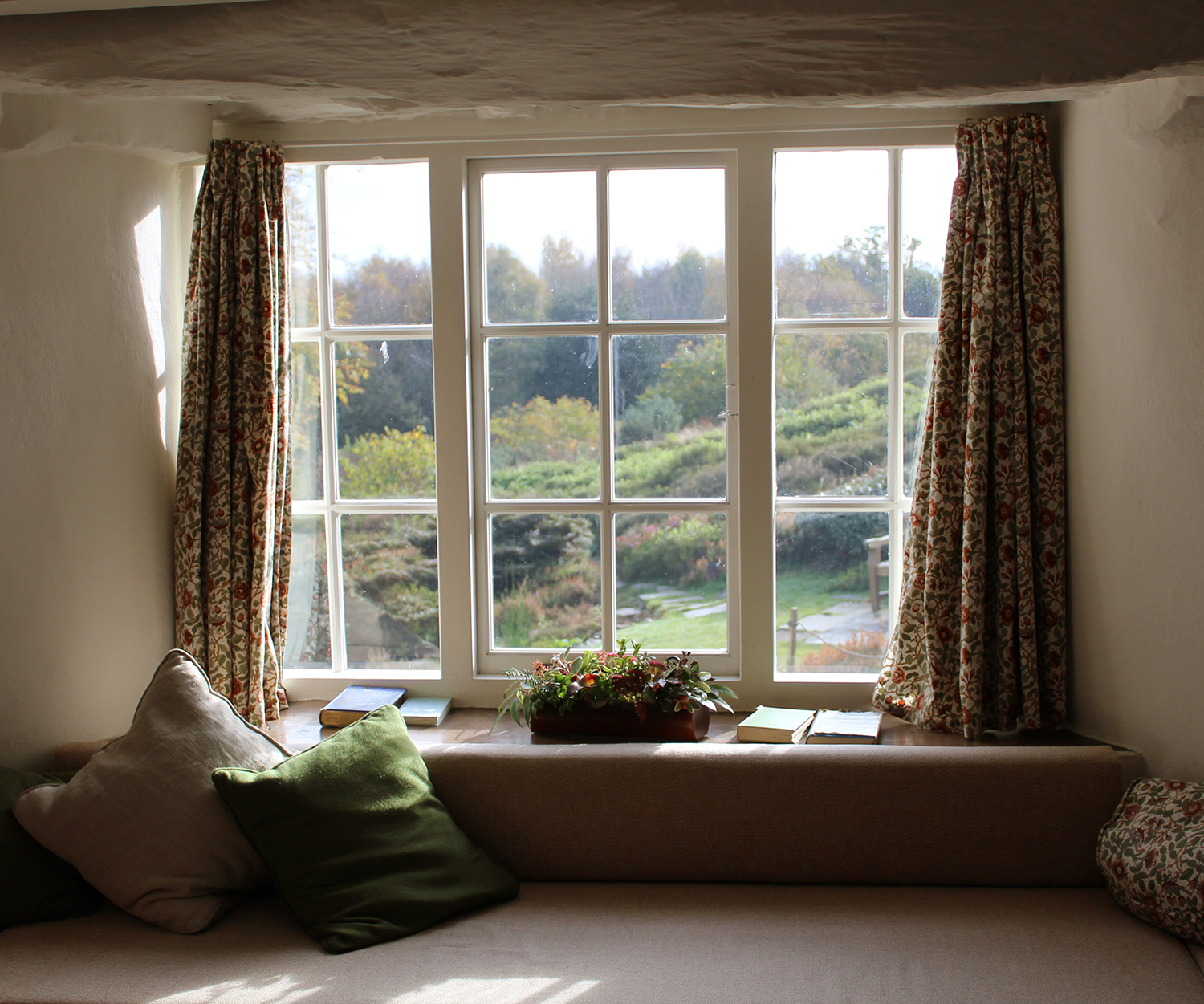
Should you upgrade to double or triple glazing?
If your home still has single glazing, you might as well be throwing money out the window. Heat loss through poorly insulated glass can make your home colder, less efficient, and more expensive to run.
Upgrading to double or triple glazing can make a huge difference – keeping the warmth in, cutting energy bills, and even reducing outside noise.
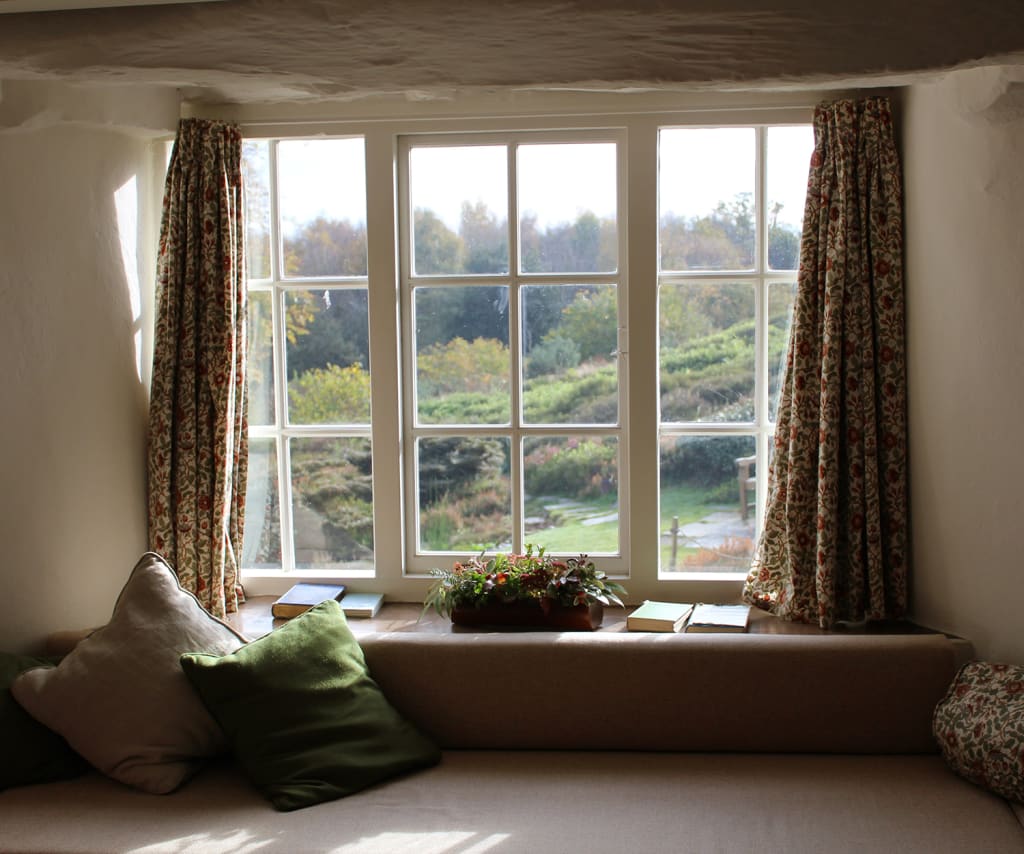
What’s the difference?
Double glazing consists of two panes of glass with an insulating gap in between, while triple glazing adds a third pane for even greater insulation. Both options reduce heat loss compared to single glazing, but triple glazing offers even better performance, making it ideal for particularly cold or noisy locations.
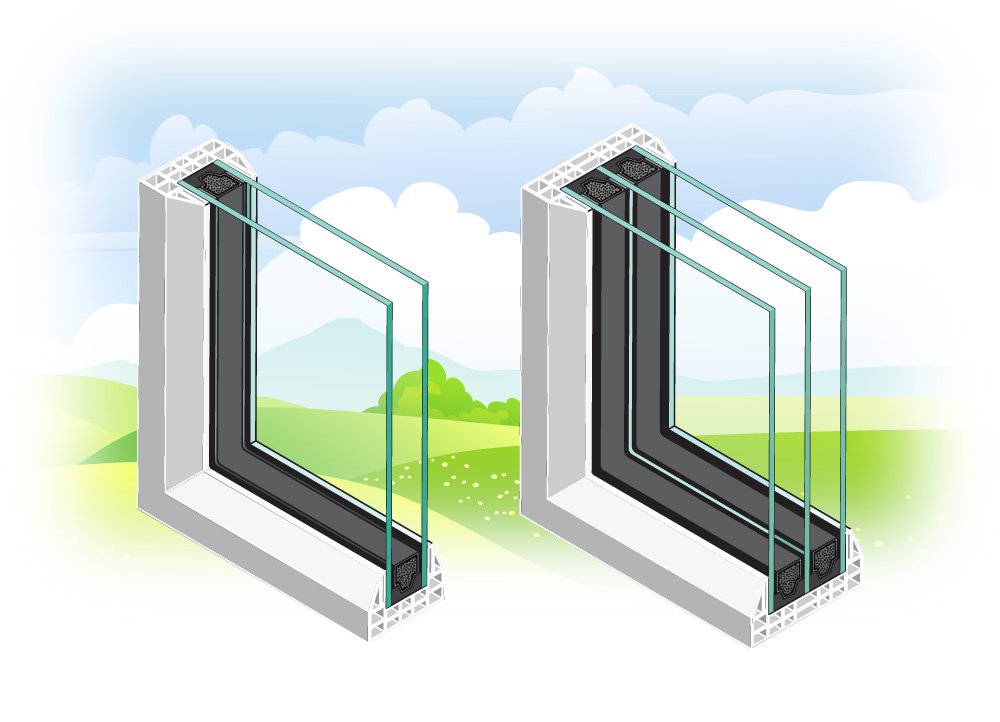
Costs and savings
Installation costs vary depending on the type and number of windows needed, but a full set of double glazing for an average home typically costs between £7,000 and £15,000.
Savings depend on the home, but moving from single to double glazing could save you around £120 a year in a detached house, £85 in a semi-detached, and £65 in a mid-terrace. The exact savings will depend on the efficiency rating of the new windows – top-of-the-range A++ windows perform better than lower-rated C windows.
If your home already has older double glazing, upgrading to newer, more efficient models with low-emissivity coatings and gas-filled gaps can boost savings even further.
| Detached house | Semi-detached house | Mid-terrace house | Detached bungalow | Flat | |
| Energy bill savings (£/year) | £120 to £100 | £85 to £70 | £65 to £50 | £60 to £50 | £40 to £30 |
New glazing is about more than just energy savings
Energy savings aside, new glazing can make your home feel instantly more comfortable. No more cold draughts, no more condensation streaming down the inside of your windows, and a noticeable reduction in outside noise. If you live near a busy road or under a flight path, triple glazing could make your home much quieter.
In the news
The UK government has announced a £1.8 billion investment in energy efficiency upgrades, including insulation and double glazing, to help households reduce energy bills and carbon emissions. This initiative aims to improve the energy performance of homes across the country, making them warmer and more cost-effective to run.?
In related news, experts have identified windows and doors as significant sources of heat loss in homes, accounting for up to 21% of energy wastage. Upgrading to double or triple glazing can substantially reduce this heat loss, leading to lower energy bills and enhanced comfort.?
Additionally, recent reports highlight that poorly insulated homes with single glazing may face higher energy bills in winter due to increased heat loss. Investing in energy-efficient glazing is becoming increasingly important to mitigate rising energy costs and improve home comfort.
Getting started
At Cosy Homes Oxfordshire, we take a whole house approach to home improvements, ensuring every measure works with your home’s unique needs for maximum comfort, energy savings, and long-term value.
Get in touch with our team on 0330 223 2742 or by message us to book a home efficiency assessment and receive a tailored plan – helping you make the right property improvement decisions for a warmer, healthier, and more energy efficient home.
Read next…
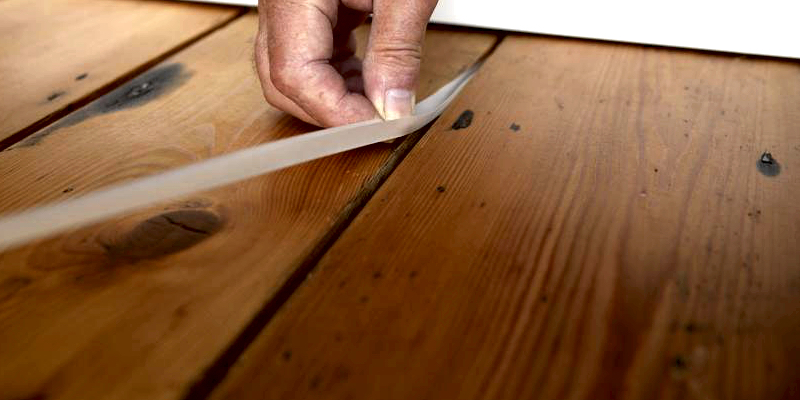
Draught-proof your home for comfort and savings
Draught-proofing is one of the simplest and most cost-effective ways to improve your home’s energy efficiency, reducing heat loss and cutting energy bills. By sealing gaps and preventing unwanted airflow, you can create a more comfortable and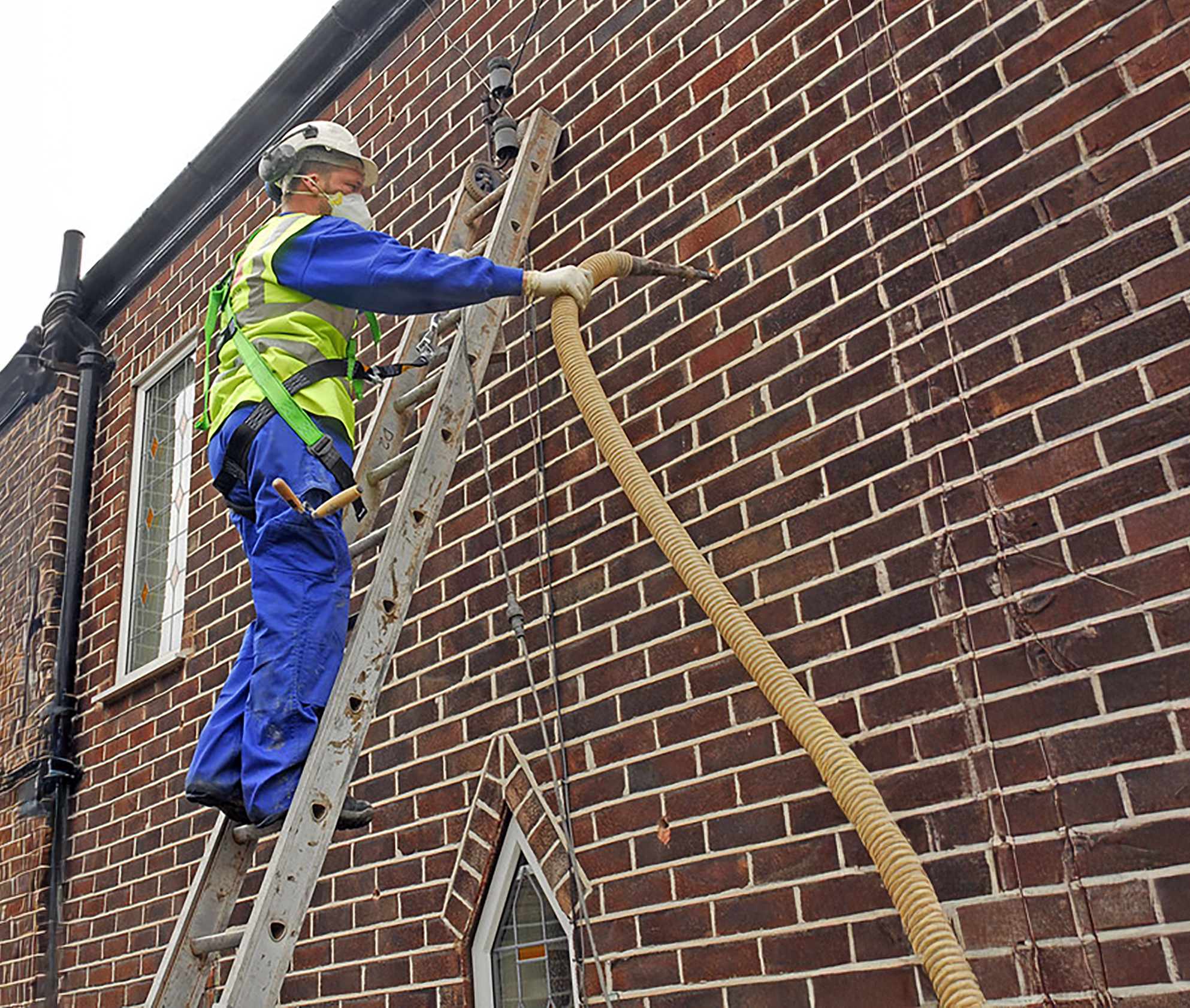
A practical guide to cavity wall insulation
Cavity wall insulation is a highly effective way to enhance your home's energy efficiency, leading to reduced energy bills and a more comfortable living environment. By filling the gap between your property's inner and outer walls with insulating material,
A whole house approach – more than a quick fix
A whole house approach means looking at your home as a system, not a set of parts. With expert guidance, you can plan upgrades in the right order, avoid wasted spend, and build a home that’s warmer, greener, and more comfortable for years to
